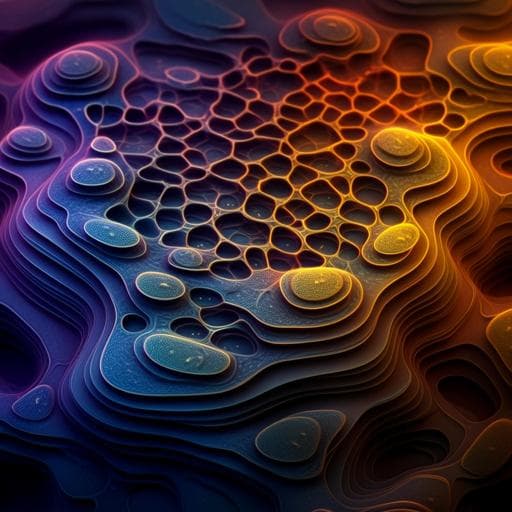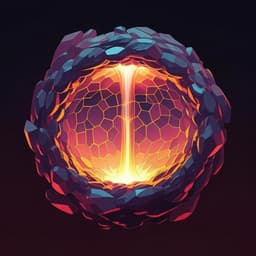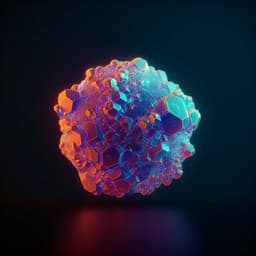
Chemistry
Vertically optimized phase separation with improved exciton diffusion enables efficient organic solar cells with thick active layers
Y. Cai, Q. Li, et al.
This groundbreaking research demonstrates the creation of thick-film organic solar cells achieving certified efficiencies of up to 16.9%, utilizing a unique combination of a polymer donor and two non-fullerene acceptors. Conducted by leading researchers including Yunhao Cai and Qian Li, this study reveals how enhanced exciton diffusion and strategic vertical phase separation can significantly boost solar cell performance.
~3 min • Beginner • English
Related Publications
Explore these studies to deepen your understanding of the subject.







